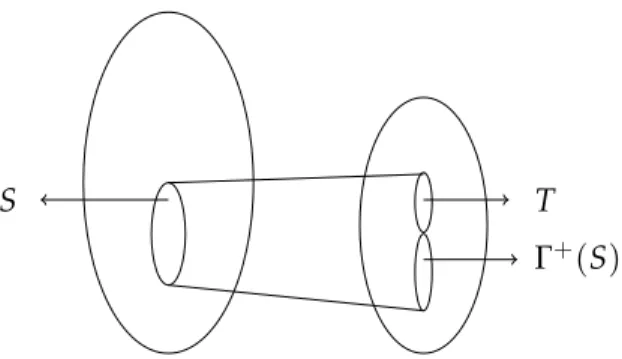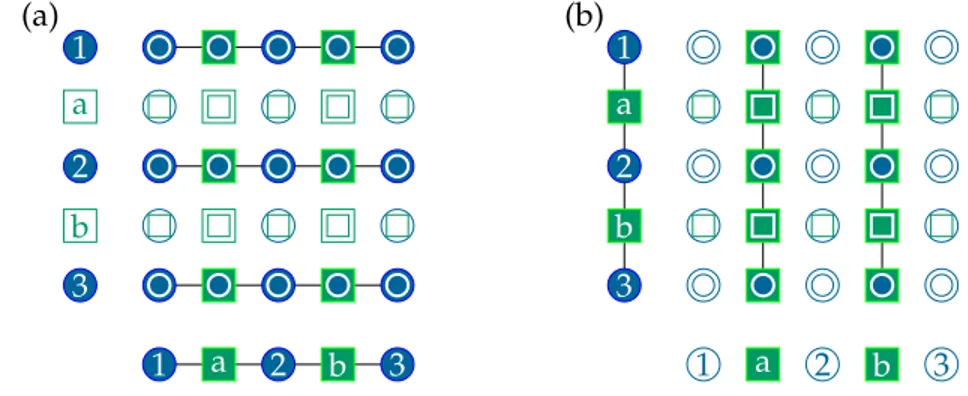Portes tolérantes aux fautes pour les codes produits d’hypergraphes
Texte intégral
Figure



![Figure 3.1 (a) The surface code that results from a product of two [ 3, 1, 3 ] repetition codes.](https://thumb-eu.123doks.com/thumbv2/123doknet/4954358.122286/46.918.221.746.159.411/figure-surface-code-results-product-repetition-codes.webp)
Documents relatifs
Figure 1 Répartition des patients selon l’âge ...7 Figure 2 Répartition selon le sexe ...8 Figure 3 Répartition des antécédents ...9 Figure 4 Signe fonctionnels ... 10 Figure
Under these assumptions, we formulate the minimum-energy accumulative broadcast problem for two coding schemes: punctured codes with general coding and simple repetition
A mixed boundary value problem for the partial differential equation of difusion in an inhomogeneous medium in a Lipschitz domain is reduced to a system of di- rect
Rodríguez-Piazza, Estimates for approximation numbers of some classes of composition operators on the Hardy space,
This not only allows us to relate topological dynamical systems to linear dynamical systems but also provide a new class of hypercyclic operators acting on Lipschitz-free spaces..
Similar to the case of a field we neglect module θ-codes where the first entries of any code word is always zero by assuming that the constant term of the generator polynomial g
† Laboratoire de Math´ ematiques et Physique Th´ eorique CNRS-UMR 7350, Universit´ e de Tours, Campus de Grandmont, 37200 Tours, FRANCE and Universit´ e de Tunis El Manar, Facult´
A secondary path concerning second kind boundary integral equations, leading from Neu- mann’s observation of the contraction property of the double layer potential to the recent





